Here we are again with a recap of the third instalment of the Rapaport Diamond Tech Podcast series, proudly sponsored by Sarine, and this time, featuring a guest appearance by our CEO David Block.
In episode 3, Rapaport host Avi Krawitz holds a fascinating discussion about the impact of AI technology on diamond grading, with guests Don Palmieri of GCAL, Gem Certification & Assurance Lab, and Pritesh Patel, Senior VP and Chief Operating Officer of GIA. Their conversation was followed by a special segment, an interview with Sarine CEO David Block, hosted by Rapaport senior reporter Joshua Freedman.
This podcast episode is a fresh exploration of the current diamond grading environment and the changes and challenges happening right now, gathering together three very diverse perspectives and opinions on the subject.
Listen to “The Transformation of Diamond Grading” podcast episode here.
Or if you prefer, read on for a recap of some of the most salient points covered in the episode.
Before All: Consumer Confidence
The discussion kicked off with a deep dive into the issue of consumer confidence. According to Don Palmieri of GCAL, an industry veteran with vast experience in diamond grading and the industry as a whole, the key issue is not the technology per se, but rather the way it can support gem labs to achieve the end goal: enhancing consumer confidence.
Unfortunately, grading accuracy and consistency has always been a major issue in the industry, and the drive to improve it is to be applauded. Currently, there is a lot of noise around AI and automated grading, yet the fruits of increased consumer confidence have yet to be seen. While technology is a natural tool to combat problems of over-grading and lack of consistency, it can’t alone solve the problem. The real solution must come from within the industry, when all players make a decision to change the culture and commit to putting integrity and customer confidence first.
Pritesh Patel of GIA weighed in next to explain that the mission of GIA is exactly that: to protect the consumer and enhance their sense of trust when they purchase their precious diamond. The question then becomes how to use technology to protect the consumer, and bring more consistency and reliability to the industry? As Patel pointed out, the GIA has a long history of using technology for this purpose. The first color detection technology even existed over 50 years ago. Technology is a constantly evolving journey, with new developments coming into the market very fast. Yesterday’s problem can be solved today with new tech.
To this end, GIA has been working with AI experts at Microsoft in recent years to develop machine learning approaches to diamond degrading. However, it is critical to note that the AI is based on GIA knowledge and standards, and these are what set the bar for excellence. It’s not just about the technology itself, no matter how sophisticated – it is the grading standards and data inputted into the system that makes the difference.
Time to Put the Master Set Away?
Another interesting discussion focused on whether AI will replace the need for a master stone set and even the need for a human grader. How will this new grading tech impact the future of the diamond grader’s job?
Both Palmieri and Patel agreed that the human element of grading will not go away. Diamonds are complex and highly valued, and the need to have a human eye consider the diamond, rather than a machine, will always be relevant.
Furthermore, the master stone set will never be irrelevant. Rather, it will be used in a different way. After all, master stones are the foundation of color grading, and they form the standard around which new AI-based color grading technology is built.
As to the question whether technology will make diamonds more of a commodity, and lead to a loss of the art of diamond appreciation, Palmieri rightly pointed out that whenever consumer confidence is increased, the desire to invest will only increase along with it. As technology helps to boost consumer confidence, it won’t erode the desire for diamonds, but will encourage it. However, one aspect of diamonds that can’t be defined or analyzed by technology is that of mystique. The mystique surrounding a diamond, that undefinable sense of wonder and magic that draws the customer in, will always exist and for the time being, remains untouchable by diamond grading technology.
Next up was an interview featuring CEO of Sarine, David Block, hosted by Rapaport senior reporter Joshua Freedman.
Conversation at the AI Cutting Edge
The industry is in the earlier stages of adopting AI for diamond grading, and for this reason, the proportion of diamonds currently graded by AI is still relatively low. According to Sarine CEO David Block, that will change in the near future and eventually AI grading will become commonplace. Just as owning a mobile phone was once a novelty, while today everyone has one, so too AI diamond grading will become more widespread as the technology matures.
What's more, according to Block, AI for diamond grading is getting a lot of attention now, but the new generation tech has industry-wide applications that will come to the fore, for example differentiating mined diamonds from lab grown diamonds.
Taking Grading Out of the Lab
One of the biggest changes that AI grading will bring, according to Block, is the capability to grade diamonds outside the four walls of the gem lab, on the manufacturer’s premises or even by consumers themselves. This makes the diamond pipeline much more flexible, eliminating the need to send diamonds out to a lab, thereby saving time, expenses and overhead. Beyond the accuracy and consistency inherent in AI-based grading, there are a lot of other direct and indirect benefits too.
.jpg?width=525&name=4CS%20(003).jpg)
As to the question of whether AI grading will lead to job losses in the future, Block points out that the shift to technology doesn’t remove jobs; it redefines them. In fact, the implementation of Sarine’s technologies in the diamond industry can be credited with creating thousands of jobs that didn't exist before, even 5 or 10 times the number of jobs. While AI will replace some of the rote tasks that manual graders do today, there will be new skill sets and professional expertise gained that will by far outweigh any loss.
So much more was covered in just over an hour in the podcast, and we can’t possibly recap it all here. Be sure to listen in full at the link above so you don’t miss out.
We’ll be back next time with a summary of episode 4, “The Reinvention of Retail”. Until then! CLick to AI - based 4C's grading





-1.jpg?width=310&name=blog_image%20(003)-1.jpg)





